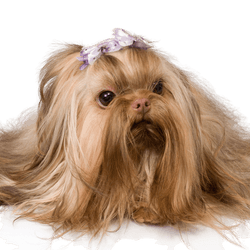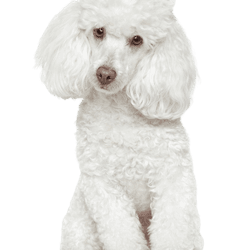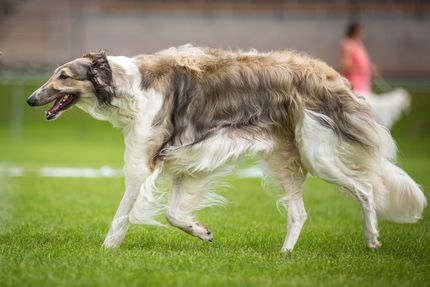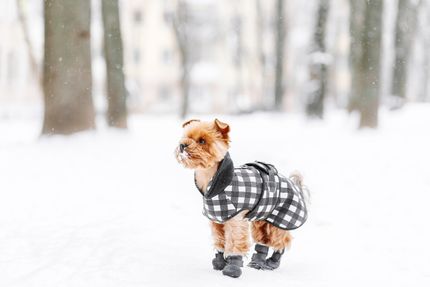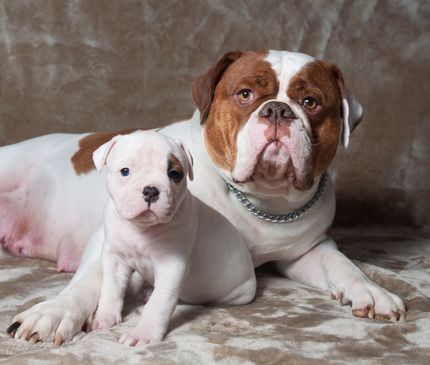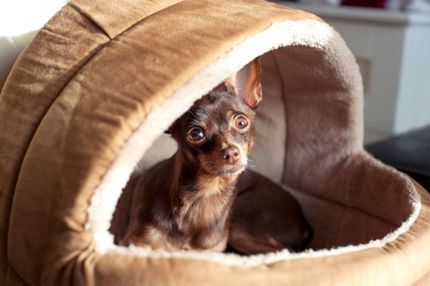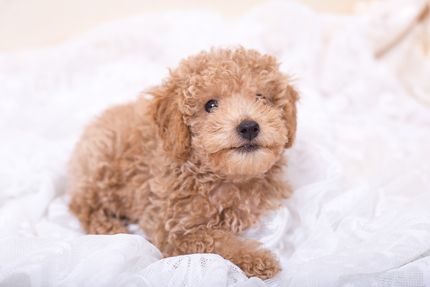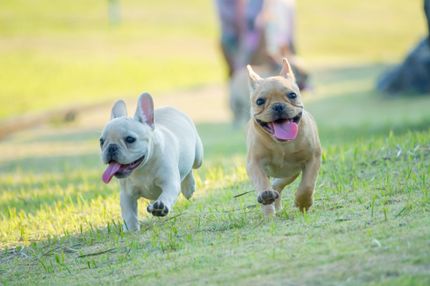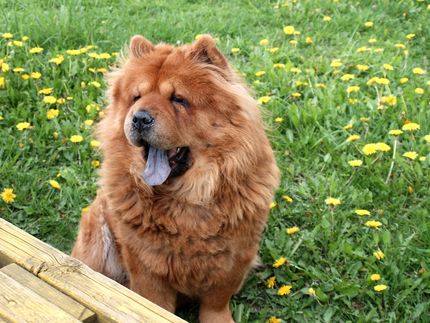Facts & Origin
PROFILE: Bollipoo (Poodle and Bolonka Zwetna mix).
Nestled between the intelligence of the Poodle and the playfulness of the Bolonka Zwetna, the charming Bollipoo (also called "Tsvetnaya Blonka-Poo") is born. This hybrid breed offers an ideal blend of affection, energy and resourcefulness.
Origin and history
The crossbreed of the Bollipoo combines two dog breeds with rich histories:
- Poodle: Originally bred in Germany and later popularized in France, Poodles are known for their intelligence and status as companion and show dogs.
- Bolonka Zwetna: A small companion dog of Russian descent known for its charming personality and fluffy coat.
| Alternate Name | - |
| Origin | Russia - Germany |
| Life expectancy | 10 - 15 years |
| Care requirements | high-maintenance |
| Activity level | average - average to high |
| FCI group | not recognised |
| AKC group | not recognised |
| KC group | not recognised |
More Bolonka Zwetna mixes
More Poodle mixes
Attitude, character and temperament of the breed
Possible character traits
The Bollipoo combines the best traits of both parent breeds:
- Intelligent and eager to learn: thanks to their Poodle ancestry, they are quick learners.
- Affectionate and loving: they are often very attached to their owners and love to be around them.
- Playful and energetic: They have a natural curiosity and drive to play, which they inherit from both parents.
- Gregarious: They usually get along well with other dogs and animals.
Attitude and Suitability
The Bollipoo adapts to many lifestyles: Their affectionate nature and size make them suitable for both families and individuals. They can also adapt well to living in an apartment, but still require regular exercise.
Character
Usage
Care and health
Some aspects to consider when caring for your Bollipoo:
- Coat Care: Their coat can range from wavy to curly and needs regular brushing.
- Bathing needs: depending on the coat condition; regular bathing helps keep the coat clean and healthy.
- Diet: A balanced diet specifically tailored to smaller dog breeds is ideal.
- Exercise: Despite their small size, they need daily walks and playtime.
What does this mixed breed look like?
The Bollipoo can show a variety of characteristics of both parent breeds:
- Size: usually small to medium in size.
- Coat: From wavy to curly, depending on the specific crossbreed.
- Colors: A wide range, ranging from black, white, brown to other color combinations.
| Fur length | medium |
| Fur | curly |
| Ear shape | Floppy Ear |
| Tail | short - lang |
| Anatomy | rugged, slim, sporty |
| Size ♀ | 22 - 60 cm |
| Weight ♀ | 3 - 28 kg |
| Size ♂ | 24 - 60 cm |
| Weight ♂ | 3 - 28 kg |
| Suitable For | Children, suitable for allergy sufferers, Beginner, Blind people, Children, Seniors |
Known Diseases
Epilepsy
Definition: Dog has epilepsy if, for example, at least two epileptic seizures occur more than 24 hours apart.
Cataract
Cataracts are still one of the most common causes of blindness, even in dogs.
Progressive Retinal Atrophy (PRA)
Progressive retinal atrophy (PRA) is a slowly progressive death of the retina in dogs.
Patellar problems
Problems with the Patellar can be a displacement or weak kneecap, which is one of the most common causes of lameness in dogs, also because of overweight.
Eye diseases
Often occur with allergies and intolerances.
FAQ
-
The Bollipoo typically has a soft, wavy coat that can vary in many colors and patterns. They have an intelligent, friendly personality, are very affectionate and like to be the center of attention.
-
Bollipoos need a lot of attention and regular exercise. They should be walked twice a day and exercised regularly. It is important that they are sufficiently exercised so that they do not get bored.
-
The cost of caring for a Bollipo varies depending on size, age and health. This includes a regular visit to the vet, food, grooming products and regular walks.
-
These mixed breeds can suffer from various hereditary diseases such as epilepsy, allergies, heart diseases and eye diseases. In addition, they are prone to arthritis and other orthopedic problems.
-
Yes, Bollipoos can usually get along well with other pets if they have been socialized as puppies. However, it is important that they are slowly acclimated to the other pets and that interactions are supervised.
